
Creative makers always grab ideas from other creative’s and build on top of what each other see. This is most obvious within the fashion world. Designers usually grab concepts and visuals from art being made in the art world and combine it with fashion. Here’s a small list of examples that are obvious and not so obvious.
VS.
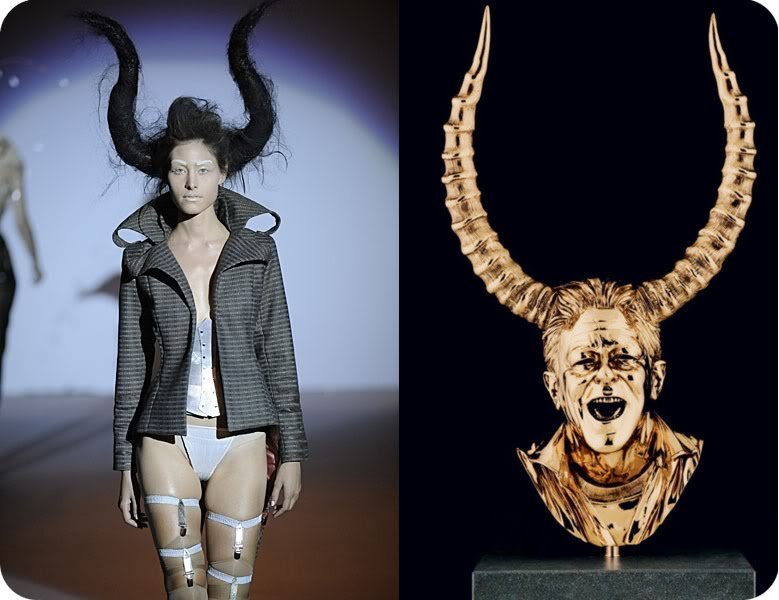
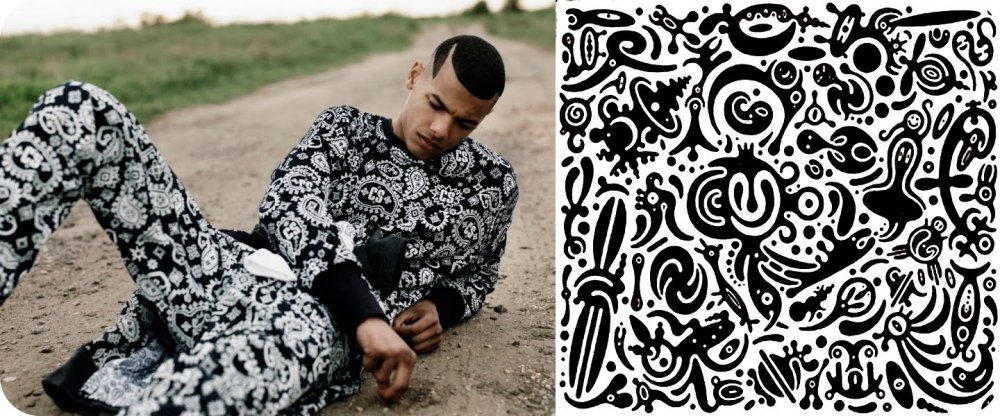
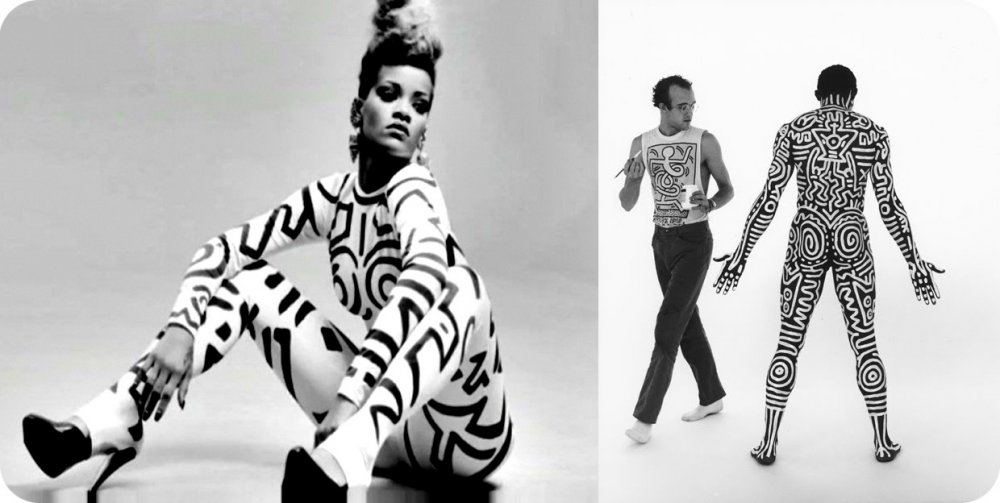
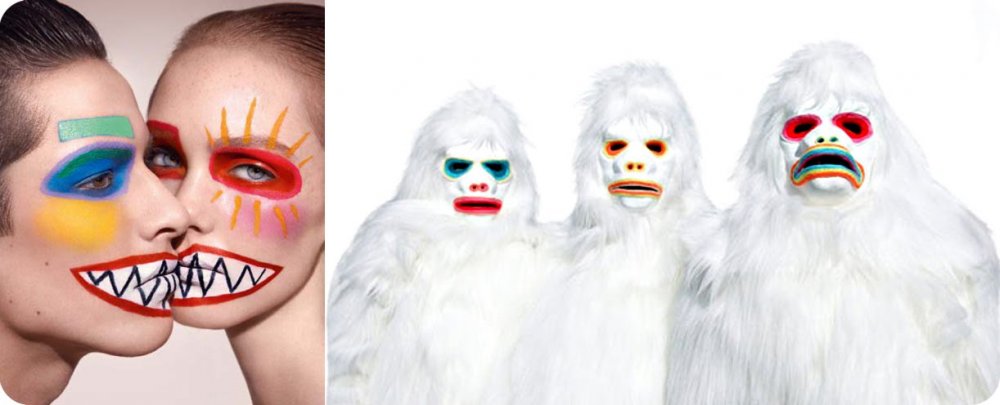
Via: Till Fashion
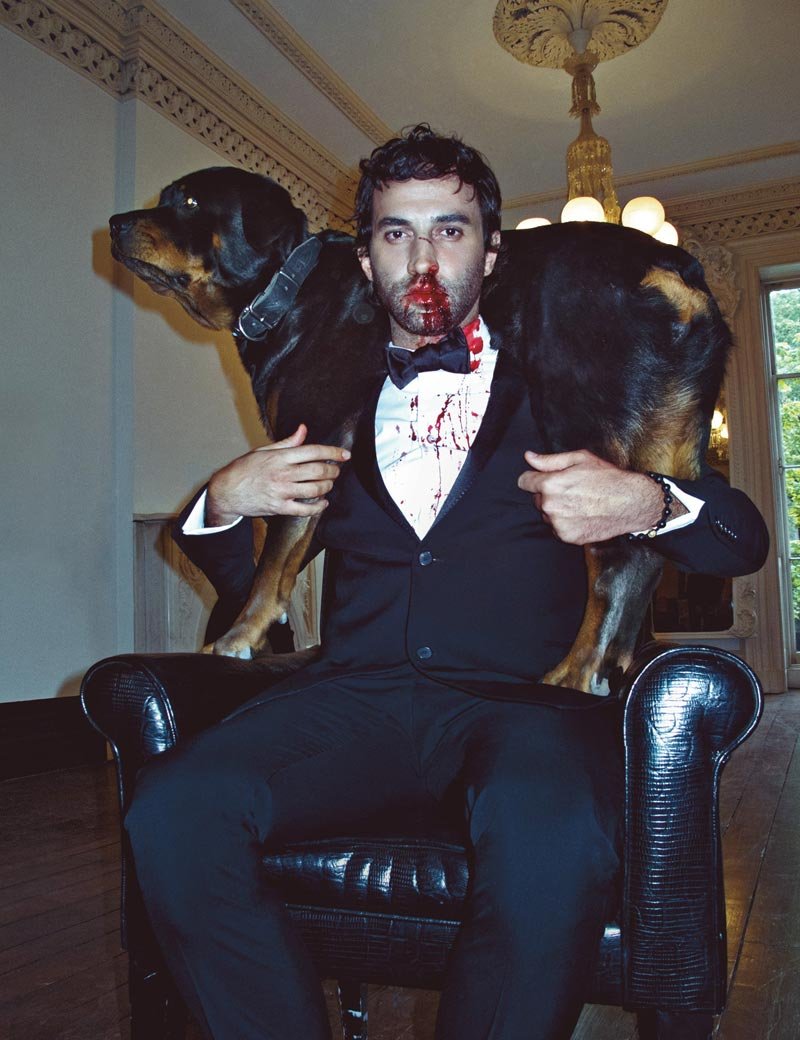
Riccardo
Tisci
Like any competitive industry, fashion understands the market need for a constant infusion of fresh blood and untapped talent. But among the crop of sartorial prodigies to have emerged in recent years, none has ascended from young upstart to master of the universe as rapidly as 36-year-old Italian designer Riccardo Tisci.
Setting aside the fact that his name flew about amongst the barrage of rumors this past spring over who would fill the golden shoes at Christian Dior, Tisci has become in short turn a maestro of shock and seer of chic, with a magical touch capable of blending a rebellious love of goth and the deep urban street with a refined sense of style and sexuality. It’s hard to believe that it’s been only six years since he was placed at the helm of Givenchy—a surprise appointment in 2005 for a brooding art-school graduate with only two previous collections to his name. But if the French house understood that it needed to revolutionize its rather prim mid-century image, then the risk has paid off as Tisci has unleashed surprising collection after surprising collection, mixing influences, genders, fabrics, prints, and silhouettes like he’s making his own personal mixtape. Over time—and with the addition to his portfolio of Givenchy’s notoriously buttoned-up menswear, which he took over in 2008—the mix hasn’t gotten any less diverse. (A transgender model, barking Rottweilers on T-shirts, and Jerry Lee Lewis all found their way into his recent work.) But a single Givenchy mindset has started to stick: highly sexual, almost primal, but tough-as-nails and maybe just a twinge romantic.
Tisci’s Fall 2011 women’s collection for Givenchy has all of the sleek agility of a black panther, which is its signature motif. The romance comes perhaps from Tisci’s background—a very proud Italian, the designer only took his job at Givenchy in the first place in order to support his family. In fact, the Italian in his veins is such an elemental part of his craft that it wasn’t surprising to see a hint of vintage Versace in his most recent collection. He recently spoke with one of his fashion heroes, the also proudly Italian Donatella Versace.

VERSACE: Let’s talk about your last collection, which I found to be very beautiful—super sexy. I would wear all of it.
RICCARDO TISCI: Brava! In fact, as I’ve been saying, it is very Donatella, because it is about a very strong woman. My inspiration comes from many sources, and one of those sources is precisely the maison Versace. You know, when I was a little boy, my family was not very well off. I had a sister who worked in a hairdressing salon. I lost my dad when I was 4 or 5 years old. I grew up with eight sisters and my mom. Nine incredible women all a little “à la Donatella Versace.” Real strong women from the South of Italy, women who had sensuality. They had a confidence in their body and in their sensuality. And it was a poor family, I am very proud to say it.
VERSACE: I find the idea of having eight sisters to be a veryjovial thing.
TISCI: Absolutely. And even if they didn’t have the financial possibilities of dressing themselves fashionably, they were women with an elegant style. The elegance of the South is a very strong elegance and it is one that I bring. It is a sexy elegance—or at least, let’s say less chaste. It was also the late ’70s and the ’80s, which was a certain moment of Versace—especially for me with a sister who worked at a hair salon and brought home fashionmagazines on Saturdays. Of course, Versace is, in my opinion, still the flag of Italy; it represents Italy. It meant the arrival of top models, of celebrities, Gianni, Donatella, all the things that made me dream. Those early visions make a big impression.
VERSACE: The early ’90s were an especially marvelous period for fashion, because it was the peak of glamour and there were no limits as to what you could do. But I see that you haven’t stopped pushing the boundaries, pushing forward. There is always some of that in your collections, which I very much admire. There is this passion for fashion and you’ve had so much success in Paris. You are one of the most talented designers there.
TISCI: Grazie.
VERSACE: Has your initial passion diminished at all? Is it still the same as it always was? Or are you getting used to it?
TISCI: I have to be honest: My great strength, which I very much believe in, is family. For me, family doesn’t simply mean components of DNA. I mean family in the sense of siblings. My mom and my sisters are the energy and inspiration in my life. For me, fashion is a job. I love it. It’s my passion. But the most important thing for me in general is life. I was lucky. From the time I was a little, I was always surrounded by women, and I am very attracted to the feminine world, because I love the strength and romanticism, which in the end, you can find in my style.
From Interview Magazine
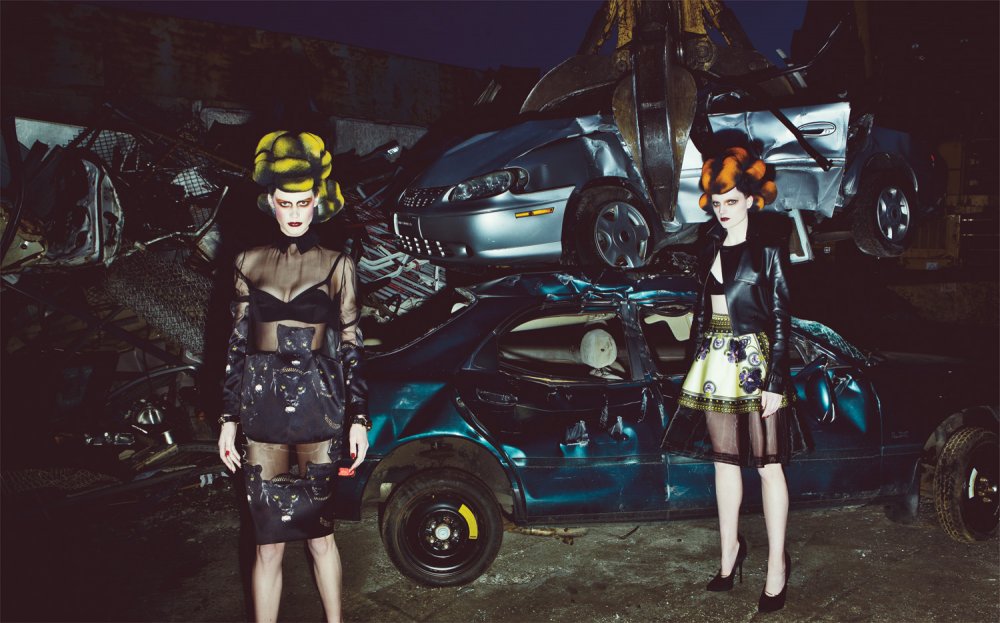

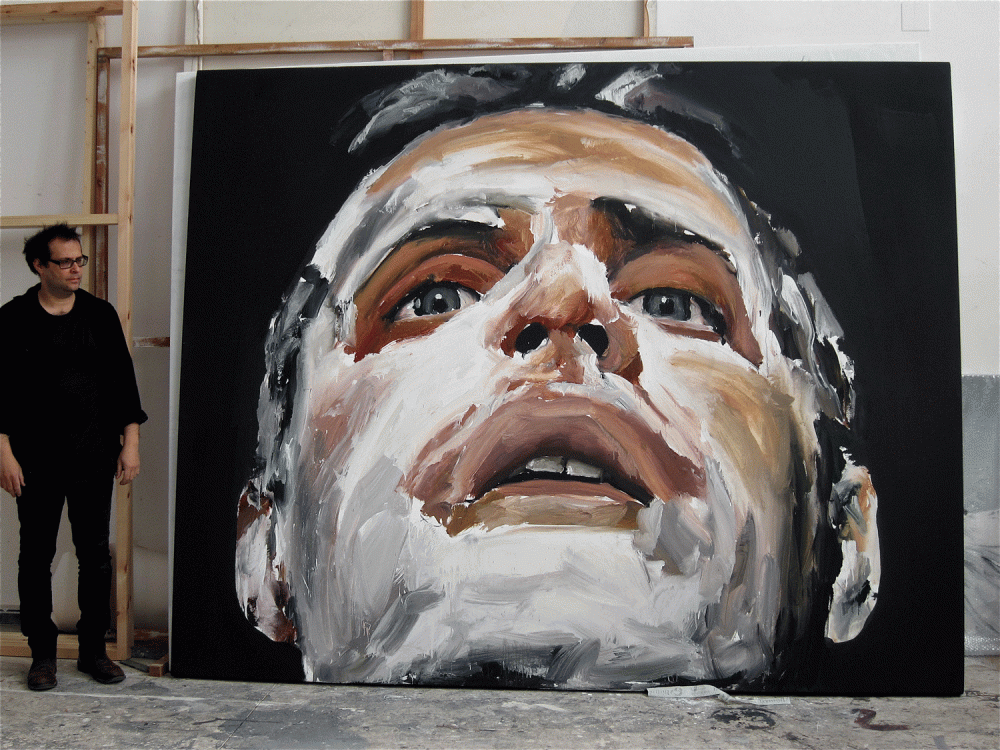
Santiago
Ydanez
Santiago Ydáñez‘s work represents another extension of the poetics on the body that have been so influentual over the past years in the international scene. Nonetheless, in his case it is around painting - as it is in other different cases from Luc Tuysmans to Marlene Dumas - that different questions, that seem to interest critics and artists, are formulated about identity or human nature. The fact that a painted portrait is an instrument of choice - and we are purposedly calling it instrument rather than theme - has made it so that he be associated with, above all a tradition that includes Edward Munch and Francis Bacon, rather than the poetics that we are referring to now. Because of this he has been classified as, I think superficially, Expressionist or Neoexpressionist, based solely on the appearance of his work. What is worse is that a careful analysis of appearance, in truth, leads to opposed conclusions.
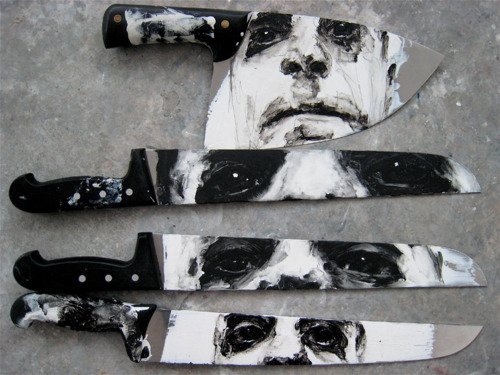
(Spanish Painter)
Via: LipanjePuntin
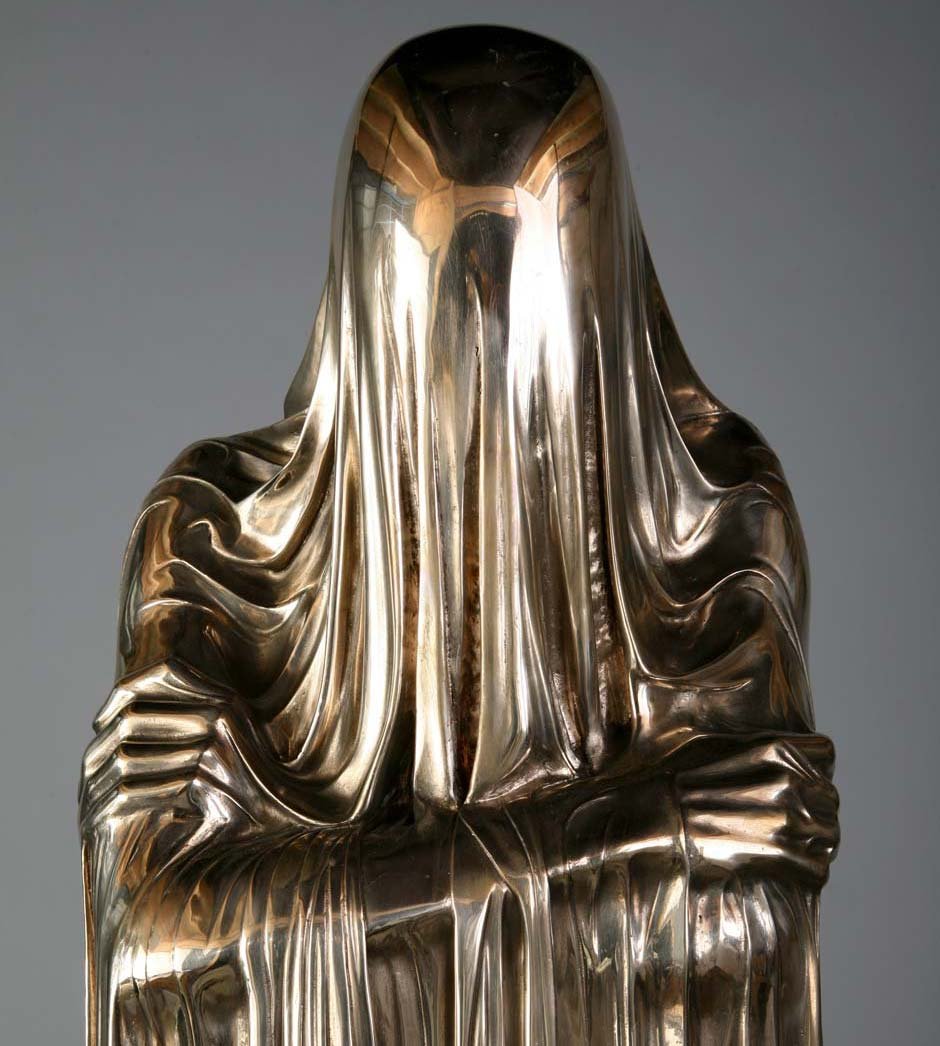
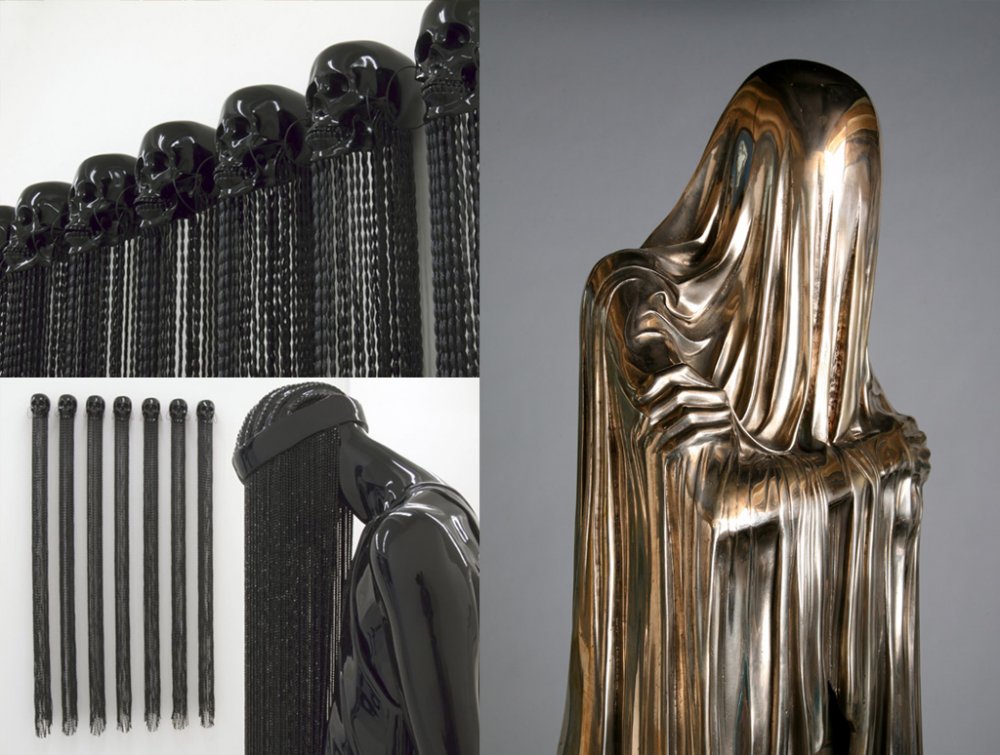
Constructed out of cast resin and glass crystals, these works merge classical forms with a gritty, urban aesthetic. Figures cloaked in modern-day streetwear are given a meditative, somber quality by the smooth, reflective nature of the material. The luster of the works‘ surface captivates the eye as the gaze becomes transfixed on the subtle contours of each shape. Unique to this particular show, Gray has completed his first life size marble sculpture. Rich in opposition, these sculptures project a sense of nobility and admiration for an often marginalized and consciously melancholic inner-city youth subculture.
KEVIN
FRANCIS
GRAY
Is a London based artist. I can't help but notice that the sculpture below reminds me of Cobra Commader from G.I. Joe. lol
Via: Re-Title
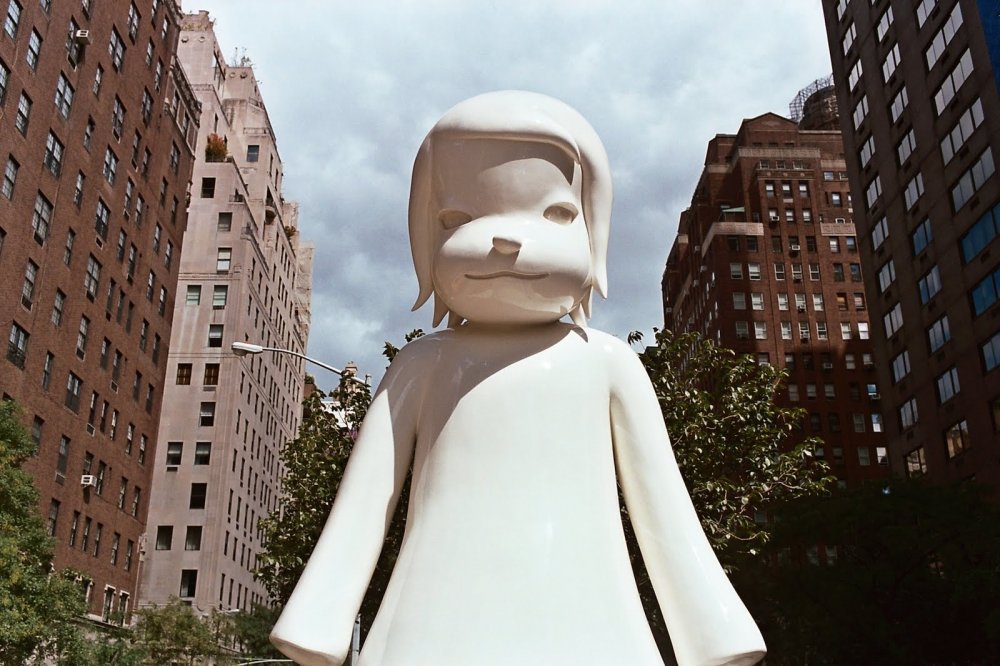
If you live in the New York area, don’t miss your chance to see two huge sculptures by Yoshitomo Nara on Park Avenue (one is located at 62nd and Park, the other is at 70th and Park). The installations entitled “White Ghost.” The installations on Park Avenue will be removed in November 2011. Make sure to check them out before they move!
Yoshitomo
nara
"White Ghost"
Via: According to G
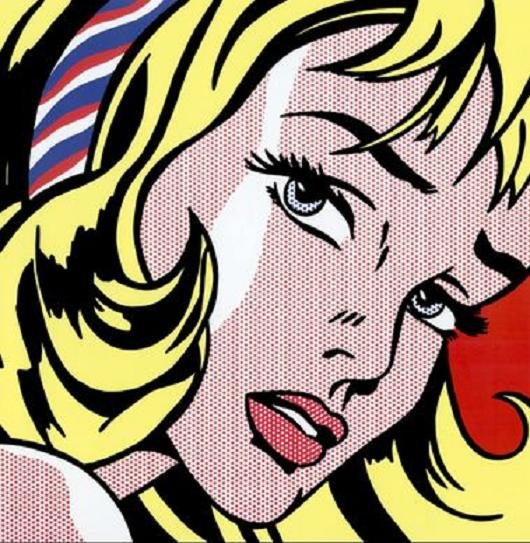

POP MAKE-UP
When I saw this picture on the left I couldn't help to notice how much it reminded me of Roy Lichtenstein's work. Do you agree?
by Marco Trunz for Fashion Gone Rogue
KIRA MAZURA
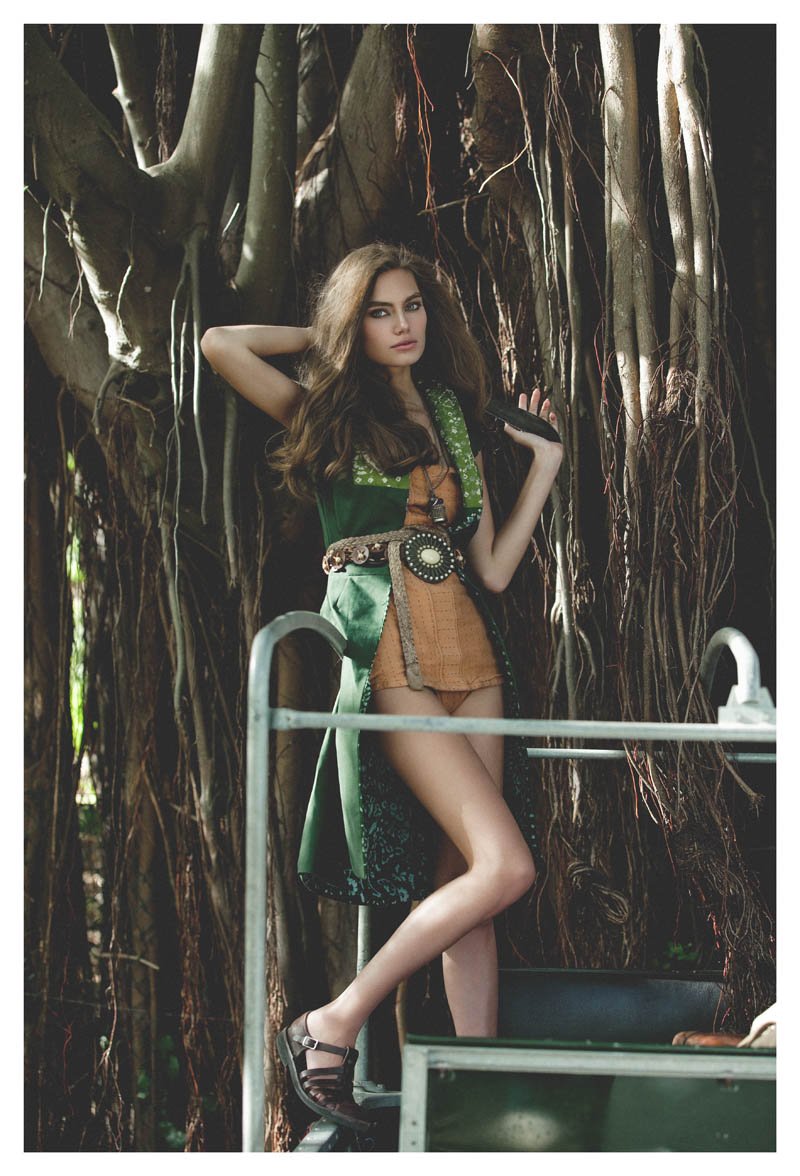
It’s Tropical – Marco Trunz heads into the jungle for his latest work photographed for Fashion Gone Rogue. Starring Kira Mazura as a nature loving explorer, the tropical setting serves as the perfect backdrop to stylist Crystal Birch’s safari themed selects from labels such as Diane von Furstenberg, Topshop and Miu Miu. / Beauty by Maiken Ross @ Blossom Management
Via: Fashion Gone Rogue
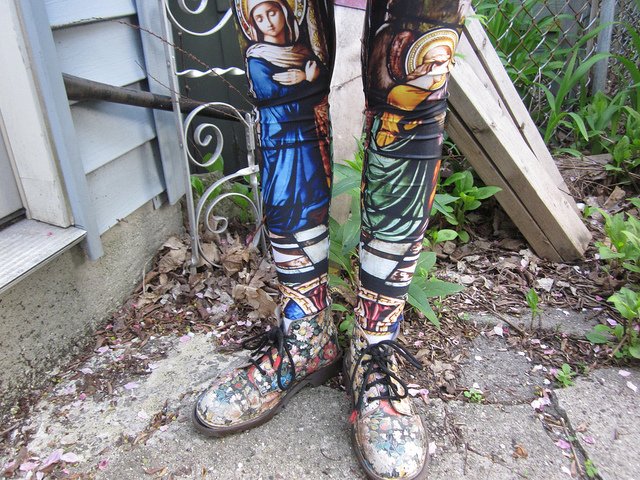
"Ibought these James Lillis holy leggings on BlackMilk and they've become a really important part of my identity. My Docs are falling apart and the sole is halfway disconnected from the rest of the shoe so I like to wiggle my toes to make my feet talk." - Style Rookie
JAMES LILLIS
Holy Leggings
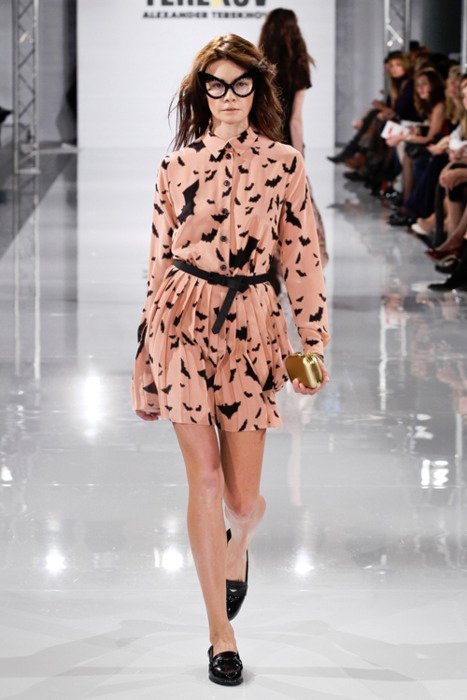
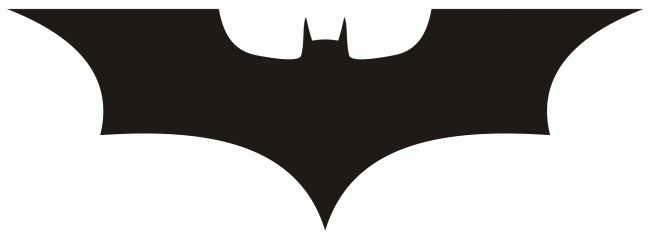
Bats on a dress.
I guess even high fashion has to pull things from a very familar place huh? This is dope. I would go nuts if my girl wore this. I wonder what the price tag is? I doubt I can afford it, I'm just a Robin.
Via: Polar Prince
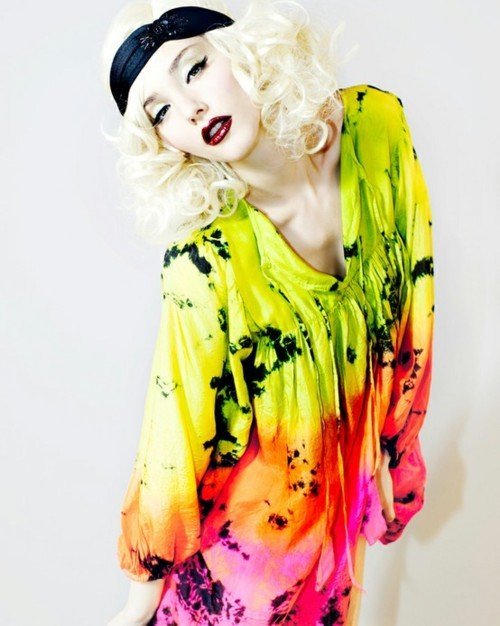
LOVE IS A
DISCO
BALL.
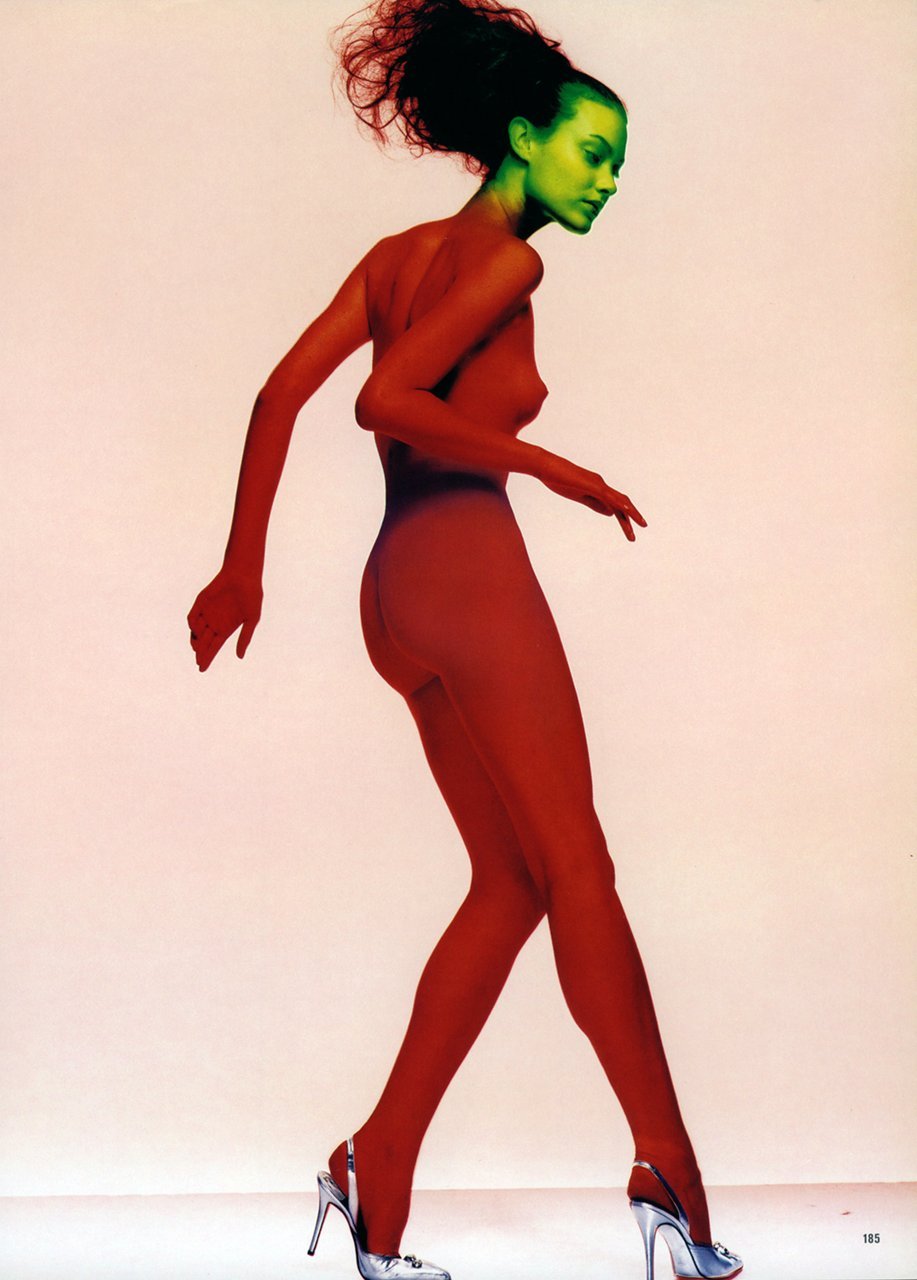
NICK KNIGHT
His work is amazing.
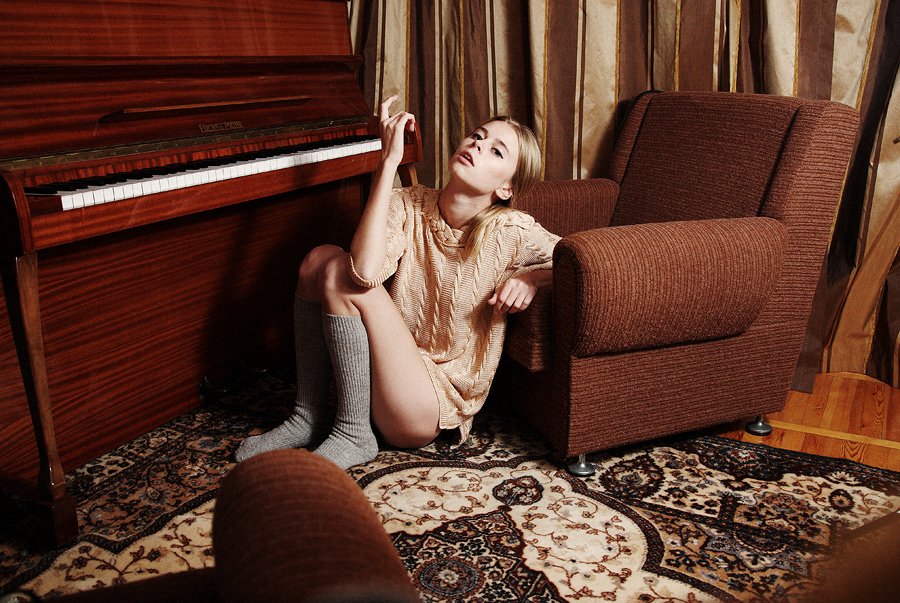
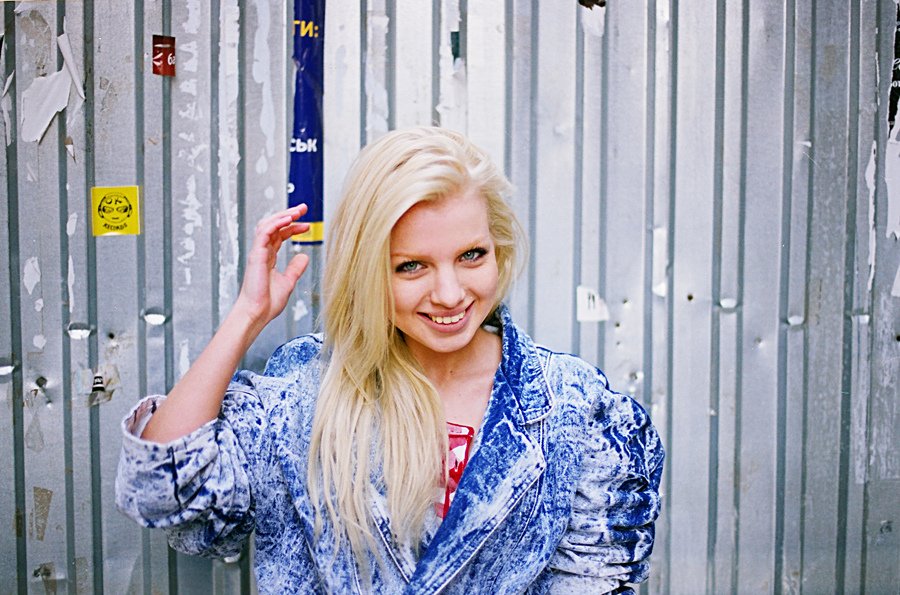
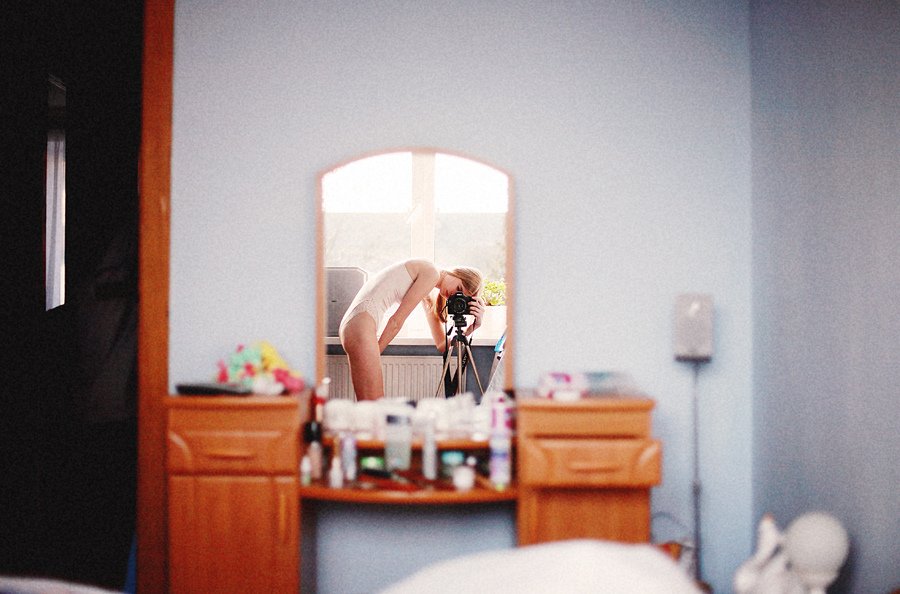
LOVE THE Vairty OF PHOTOS, CHECK HER FLICKR. ENDLESS AMOUNTS OF PHOTOS.
Via: Hrystia Kaminska
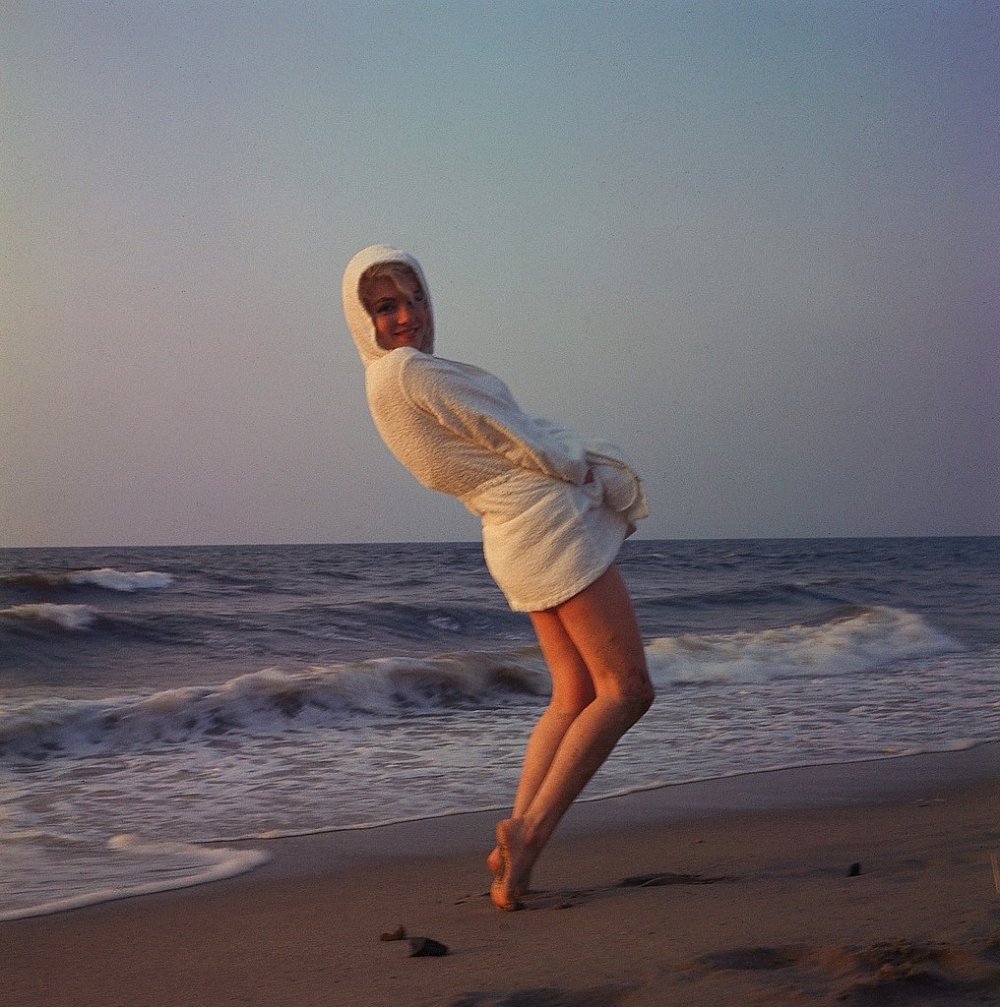
marilyn monroe
beach day
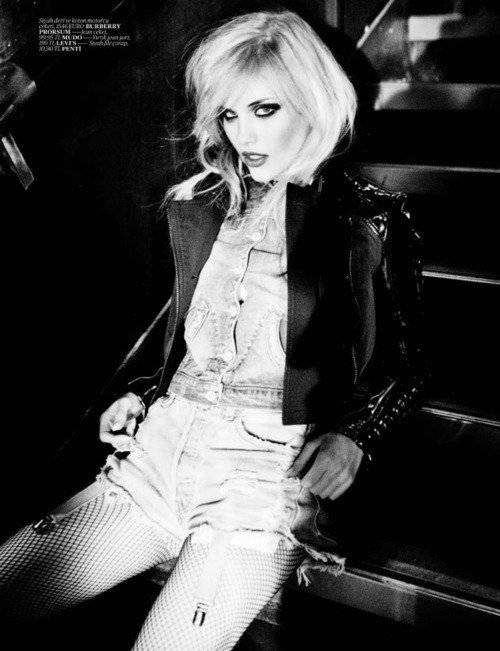
Ashley Smith
by Ellen von Unwerth for Vogue Turkey